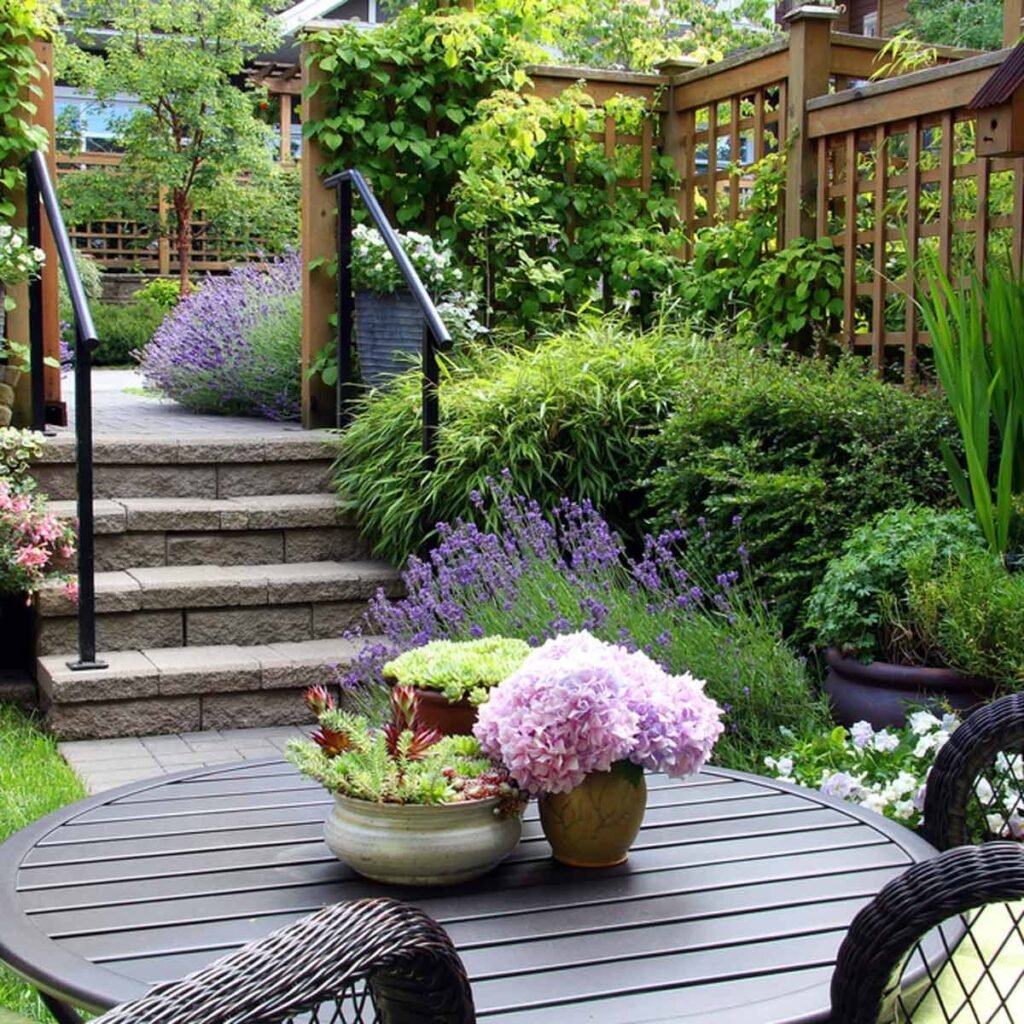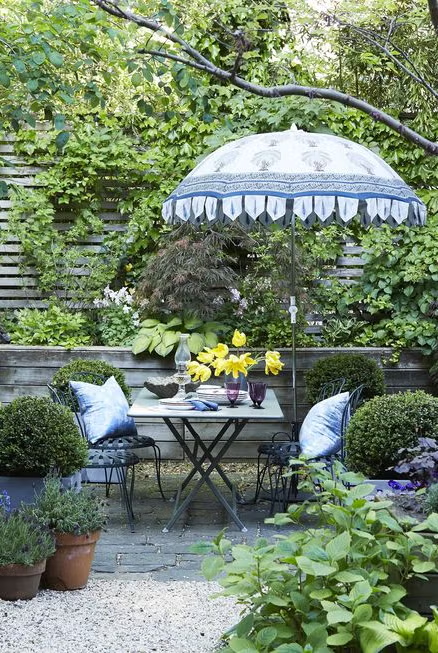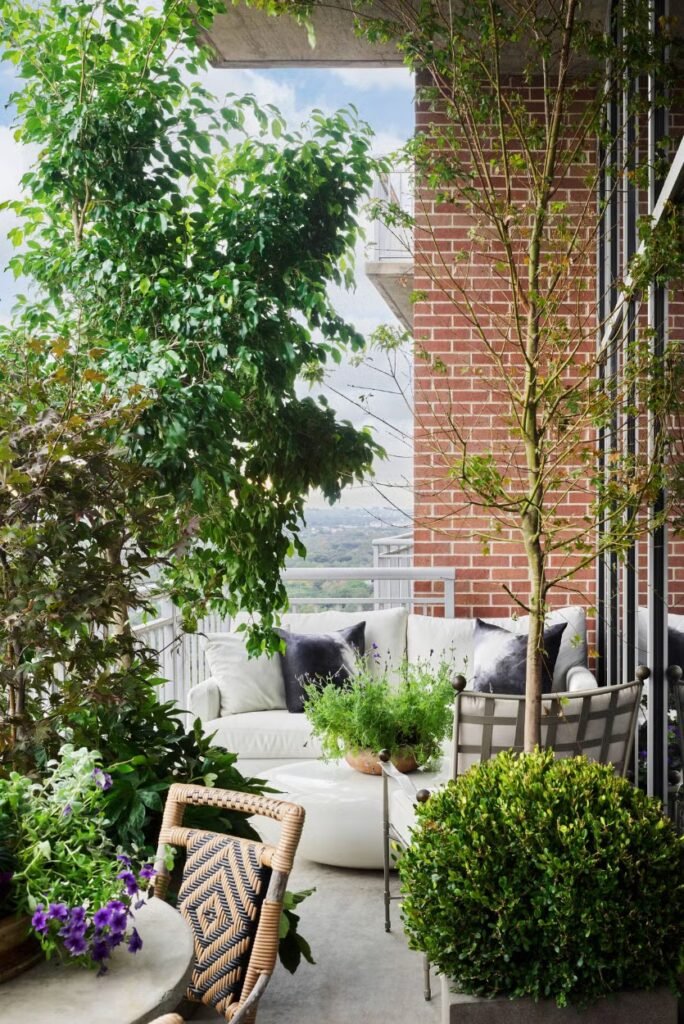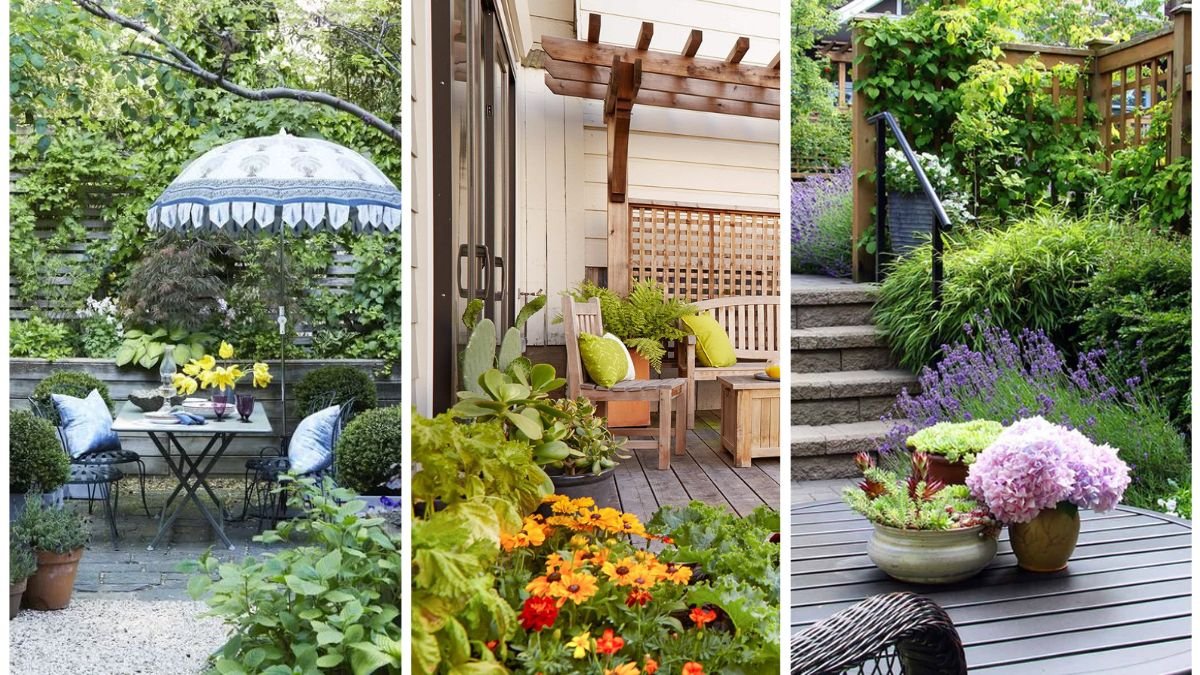Creating a beautiful garden doesn’t always require acres of land or a large backyard. In fact, small spaces can offer unique opportunities for imaginative and efficient garden designs. Whether you live in an urban apartment, have a small patio, or simply want to enhance a modest backyard, stunning garden layouts for small spaces can transform even the tiniest areas into green paradises. With careful planning, clever use of space, and the right selection of plants, anyone can enjoy the benefits of a vibrant, personal garden retreat.
This article explores creative, functional, and aesthetic garden layout ideas specifically designed for small spaces. From vertical gardens and container planting to multi-functional furniture and themed designs, these solutions will inspire anyone looking to maximize their outdoor (or even indoor) gardening potential.
1. Understanding Small Space Gardening

Before diving into design ideas, it’s essential to understand the fundamental principles behind small space gardening:
- Maximization: Use every inch wisely. In small spaces, every square foot counts.
- Functionality: Combine form and function—furniture can double as planters, walls can be used for vertical gardens, and corners can hold potted plants.
- Layering and Levels: Create depth and visual interest by varying the height of plants, pots, and structures.
- Plant Selection: Opt for compact, dwarf, or climbing plant varieties that thrive in containers or small beds.
These principles are the backbone of any successful small-space garden design.
2. Vertical Gardens: Going Up Instead of Out

One of the most effective strategies for small garden spaces is utilizing vertical space. Walls, fences, and balconies offer prime real estate for growing a lush green display.
Ideas for Vertical Gardening:
- Wall Planters and Pocket Gardens: Install fabric or wooden pocket planters that hang on a wall. These can house herbs, succulents, or flowers and add texture and life to vertical surfaces.
- Trellises and Climbers: Use trellises to support climbing plants like jasmine, ivy, clematis, or tomatoes. They create a living wall effect that’s both beautiful and space-saving.
- Hanging Baskets: Suspend baskets from ceilings or overhangs to add another layer of greenery without taking up ground space.
- Pallet Gardens: Recycle wooden pallets into vertical gardens. These are perfect for small patios or balconies and can hold a variety of small pots or planters.
Vertical gardens not only save space but also provide privacy, shade, and insulation—making them both decorative and practical.
3. Container Gardening: Flexibility and Portability

Container gardening is a fantastic solution for limited spaces. It allows you to control soil quality, move plants as needed, and rearrange layouts for different looks throughout the year.
Container Garden Layout Tips:
- Group in Odd Numbers: Arranging pots in groups of three or five creates a balanced, natural look.
- Vary Pot Sizes and Heights: Use containers of different shapes and levels to create visual interest and avoid a flat, monotonous layout.
- Portable Planters: Use lightweight containers with wheels or handles so you can easily shift them to catch sunlight or create more space.
- Stacked Pots: Use tiered plant stands or stackable pots to build a multi-level garden that conserves space.
This technique is especially beneficial for renters or people with rooftop gardens, as it allows easy relocation and seasonal flexibility.
4. Raised Beds and Edging
Even in a small yard or balcony, raised garden beds can help define planting zones and add structure to your layout. They provide better drainage, reduce soil compaction, and make gardening more accessible.
Small Raised Bed Ideas:
- Corner Beds: Utilize corners with triangular or L-shaped raised beds.
- Narrow Borders: Line walkways or patio edges with slim raised beds that can hold herbs, perennials, or vegetables.
- Benched Beds: Combine a raised bed with a seating area by adding a ledge or bench around the edge.
Properly designed, raised beds can act as architectural elements that elevate the entire garden’s design.
5. Balcony and Rooftop Gardens
Urban gardening has become increasingly popular, and balconies and rooftops are perfect locations for creating small green oases. These elevated spaces benefit from more sunlight and fresh air, making them ideal for diverse plant types.
Balcony Layout Ideas:
- Zoning: Divide your balcony into zones—one for seating, one for vertical planting, and one for container arrangements.
- Foldable Furniture: Choose compact or foldable furniture that saves space and allows for easy rearrangement.
- Shade Plants: If your balcony is shaded, choose plants like ferns, hostas, and impatiens that thrive in low light.
- Privacy Screens: Grow tall grasses, bamboo, or use lattice panels with vines to create privacy.
Rooftop gardens require proper structural planning and waterproofing, but with the right setup, they can support larger container beds, even small trees or shrubs.
6. Multi-Functional Design Elements

In small gardens, every element should serve more than one purpose. Combining features such as seating, storage, and planting can dramatically increase the usability of a small space.
Smart Features to Consider:
- Built-In Benches with Planters: These offer seating while housing plants on the sides or backs.
- Storage Benches: Keep tools and supplies inside waterproof storage benches that double as décor.
- Fold-Down Tables: Use wall-mounted tables that fold away when not in use, freeing up space.
- Convertible Furniture: Invest in furniture that transforms—like stools that act as plant stands or tables with built-in herb gardens.
By integrating these multi-purpose features, small gardens can become highly functional without appearing cluttered.
7. Themed Mini-Gardens

Introducing a theme can add character and cohesion to a small garden layout. Thematic gardens are especially effective in confined spaces where details matter more.
Popular Themes for Small Gardens:
- Zen Garden: Incorporate gravel, bamboo, stones, and minimal plantings for a peaceful retreat.
- Cottage Garden: Use dense, colorful flowers, climbing roses, and vintage décor to create an old-world feel.
- Herb and Kitchen Garden: Focus on growing herbs and vegetables in neat containers or raised beds for culinary use.
- Tropical Escape: Use bold-leaved plants, such as ferns and palms, alongside bright colors and water features.
Themed gardens can reflect your personality while providing a consistent visual style throughout your limited space.
8. Lighting and Decor
Don’t underestimate the impact of lighting and decorative elements in a small garden. Proper lighting not only extends the usability of your space into the evening but also highlights key features and enhances ambiance.
Suggestions:
- Fairy Lights or String Lights: Create a warm, inviting atmosphere by weaving lights through trellises or around railing.
- Solar Lights: Place solar path lights or spotlights in planters to emphasize plant shapes at night.
- Mirrors: Use outdoor-safe mirrors to visually expand the space and reflect light.
- Art Pieces: Install small sculptures, wind chimes, or mosaic tiles to bring personality and interest.
These elements make your garden feel complete, cozy, and lived-in, even if it’s compact.
Conclusion
Designing a stunning garden in a small space is not only possible—it’s an opportunity to innovate and express your creativity. By embracing verticality, choosing the right plants, using multi-functional elements, and maintaining a cohesive layout, small gardens can become luxurious escapes, practical kitchen plots, or beautiful extensions of your living space.
Small gardens may be limited in size, but they are unlimited in potential. With the right layout ideas, even the most compact balcony or courtyard can blossom into a vibrant, personal sanctuary. Whether you are an experienced gardener or a beginner, the key lies in planning smartly, planting purposefully, and making the most of every inch.
